When it comes to selecting the perfect knife, whether it’s for everyday tasks, culinary endeavors, or outdoor adventures like hunting, the choice of blade material plays a crucial role in its overall performance. Knife enthusiasts often delve into intricate details about design, edge geometry, and handfeel, but one of the most fundamental components—the blade material—can significantly influence everything from durability to sharpness and corrosion resistance. In this article, we'll explore the different types of blade materials and how they impact the performance of hunting knives and other cutting tools.
The Importance of Blade Material
Blade material is paramount for any knife user, as it directly affects the blade's performance characteristics. Factors such as hardness, toughness, corrosion resistance, and edge retention are all influenced by the material used. For hunters and outdoor enthusiasts, understanding these properties can enhance the effectiveness of their hunting knives in the field.
Key Performance Factors in Blade Materials
Before we dive deeper into the specific materials used in knife making, let's take a closer look at some key performance factors that influence how well a knife performs:
- Sharpness: The material's ability to take and maintain a sharp edge.
- Toughness: The material's resistance to chipping or breaking under stress.
- Corrosion Resistance: The ability to withstand rust and degradation.
- Wear Resistance: The material's capacity to resist wear and tear over time.
By understanding these factors, you can discern which blade materials are best suited for specific tasks, including cleaning game during a hunt or performing detailed cutting tasks in the kitchen.
Types of Blade Materials
Let’s delve into the most commonly used materials in knife blades, particularly those favored for hunting knives:
Stainless Steel
Stainless steel is one of the most popular blade materials available. Known for its corrosion resistance, it is an excellent option for outdoor use, making it particularly suitable for hunting knives.
There are various types of stainless steel, each exhibiting different properties:
- 440C: A high-carbon stainless steel often used in budget to mid-range knives. It offers a good balance of sharpness and durability.
- S30V: A super steel known for its excellent edge retention and corrosion resistance. This premium option is favored by many high-end knife brands for hunting knives.
- Crucible CPM-S35VN: An evolution of S30V, this material provides improved toughness and is a top choice for custom knife makers.
Stainless steel knives generally require less maintenance than carbon steel, making them ideal for hunters who might not have the luxury of cleaning their knives after each use.
Carbon Steel
Carbon steel is a traditional choice for knife enthusiasts and professionals. It is lauded for its high hardness and ability to take a sharp edge. However, these blades require more care to prevent rusting.
Some notable characteristics include:
- Edge Retention: Carbon steel blades can maintain their sharp edges longer than many stainless steel varieties.
- Ease of Sharpening: They can be sharpened easily compared to tougher stainless steels.
- Patina Development: With use, carbon steel can develop a patina that adds character while providing additional corrosion resistance.
This makes carbon steel a favored choice for those who prefer traditional hunting knives and appreciate the aesthetics of a well-used blade.
Powdered Metallurgy Steel
Powdered metallurgy is a high-tech manufacturing process that results in steel with fine, uniform microstructures. This method enhances the properties of steel, combining some of the best features of both carbon and stainless steels.
Examples of powdered metallurgy steels include:
- CPM-3V: Renowned for its toughness and ability to withstand impact, making it ideal for heavy-duty hunting knives.
- CPM-M4: A tool steel that exhibits exceptional edge retention, making it useful for those who need their knife to hold up during prolonged use.
- CPM-S45VN: Another advancement over S35VN, promising even better edge retention and toughness.
The performance of powdered metallurgy steels can make them a worthwhile investment for serious knife users, particularly in outdoor or hunting applications.
Choosing the Right Blade Material for Your Needs
When deciding which blade material to choose for your hunting knives or other cutting tools, consider the following factors:
Intended Use
Your primary purpose for the knife will greatly influence your material choice. For heavy-duty tasks, stronger and more durable materials like CPM-3V might be necessary, while lighter tasks may be well-suited to stainless steel options.
Maintenance Willingness
Some users prefer knives requiring minimal upkeep. If you’re not inclined to frequently clean and maintain your tool, stainless steel may be the way to go. If you enjoy the process and appreciate the performance of carbon steel, then you might find joy in using and maintaining those blades.
Budget
Blade materials can vary significantly in price. While premium materials provide remarkable performance, there are plenty of budget-friendly options that still deliver excellent quality for everyday use, including affordable stainless and carbon steels.
Understanding the Blade's Geometry
In addition to the material, a knife's blade geometry significantly affects its performance. For example, the thickness, grind, and overall shape can impact how the knife slices, pierces, or chops.
Blade Thickness
Thinner blades tend to slice better and are generally more suitable for cooking or fine tasks. In contrast, thicker blades are typically considered more robust, offering greater durability for heavy-duty applications, such as processing game during a hunt.
Blade Grind
The grind refers to how the blade is shaped and sharpened. Common grinds include:
- Flat Grind: Ideal for slicing applications, providing a thin edge for precision work.
- Hollow Grind: Often found on hunting knives; offers a sharp edge while maintaining durability.
- Convex Grind: A robust design ideal for heavy-duty use and excellent edge retention.
Understanding these variables can lead to more informed decisions when selecting the right hunting knives for your specific needs.
Balancing Form and Function
While the blade material is critical for performance, the overall design of the knife, including handle ergonomics and balance, also plays a significant role. A well-balanced knife allows for better control, which is vital when handling tasks that require precision, especially in the field during a hunting trip.
When purchasing a knife, it’s essential to find a balance between the blade material and the design to create the most efficient tool for your needs.
The Last Word on Knife Selection
Understanding the impact of blade materials on performance allows enthusiasts to choose the right tools for various tasks. Whether it’s the corrosion resistance of stainless steel, the sharpness of carbon steel, or the advanced technology of powdered metallurgy, each material offers unique benefits. Take the time to evaluate your needs, the knife's intended use, and the maintenance requirements to select a blade that will serve you well for years. Whether you’re venturing into the wilderness for hunting, preparing a gourmet meal, or tackling projects around the home, having the right knife can make all the difference in your experience.
Now, armed with this knowledge, you’re ready to make an informed decision the next time you're considering a top-quality hunting knife for your collection!








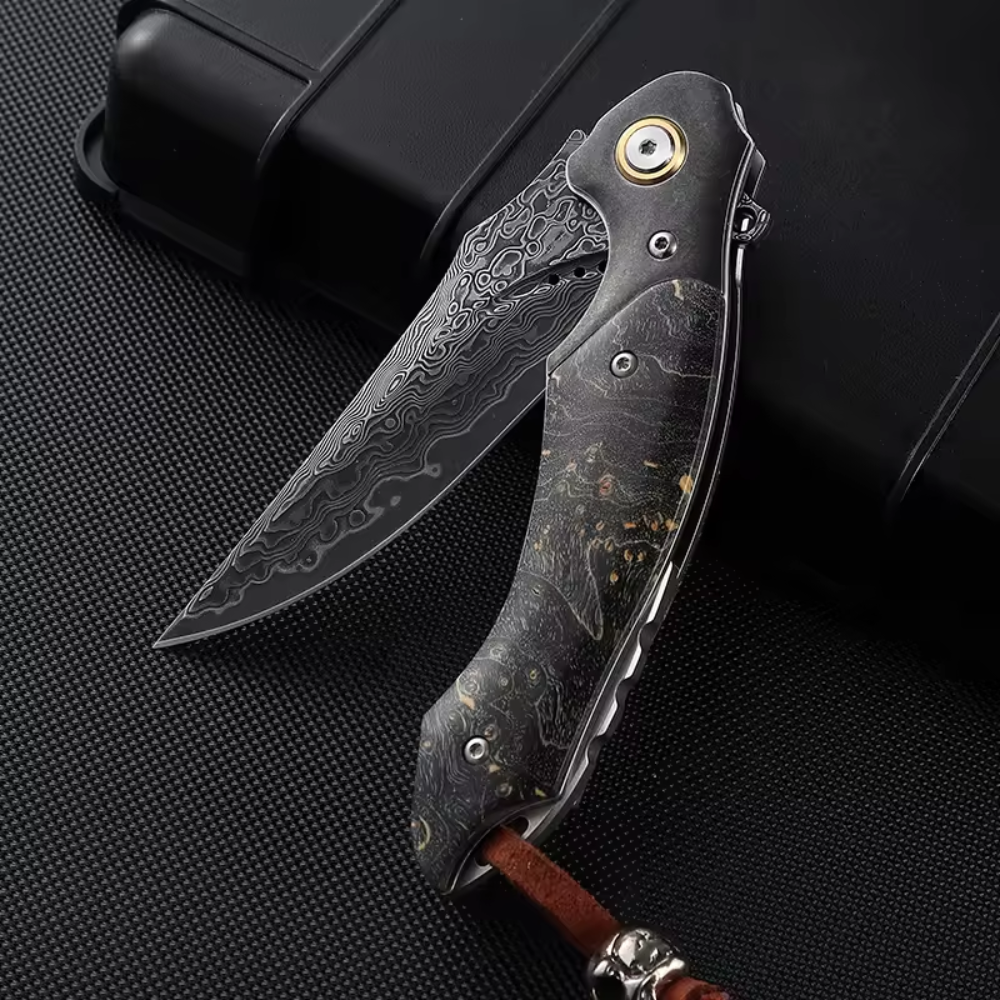
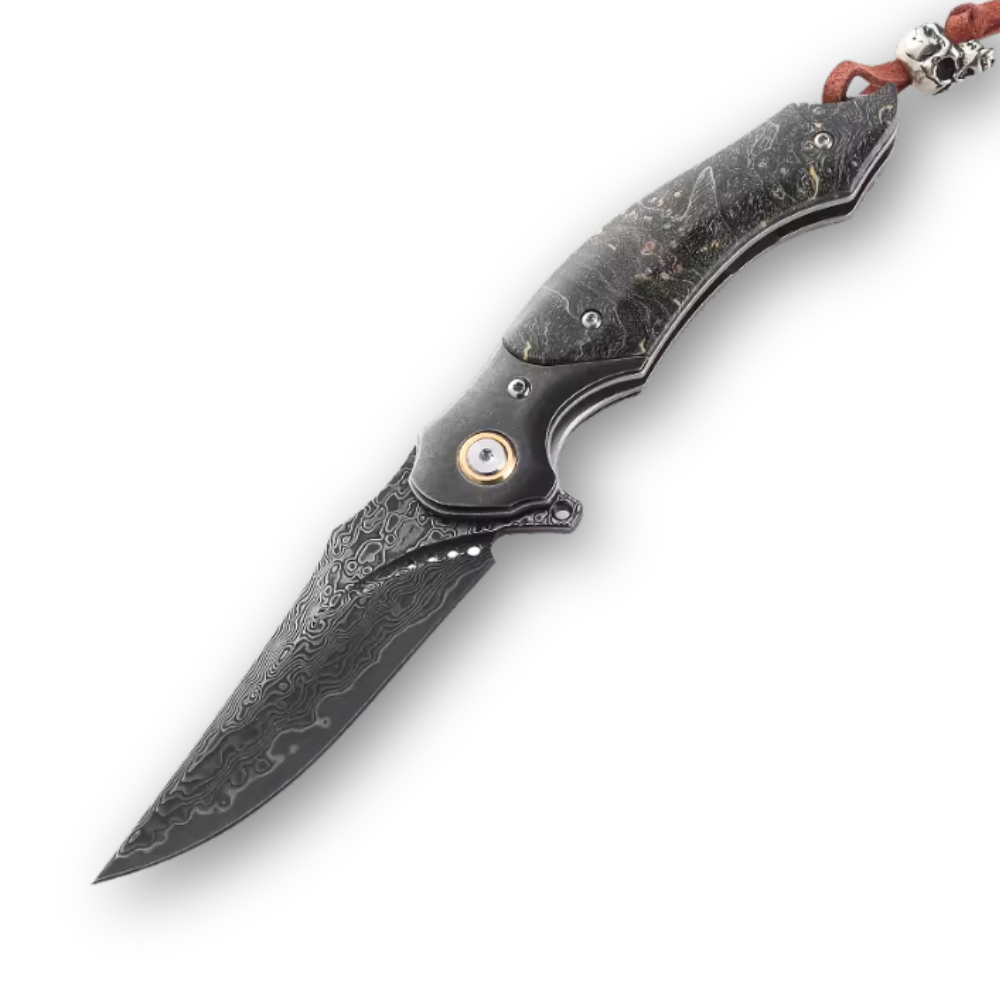
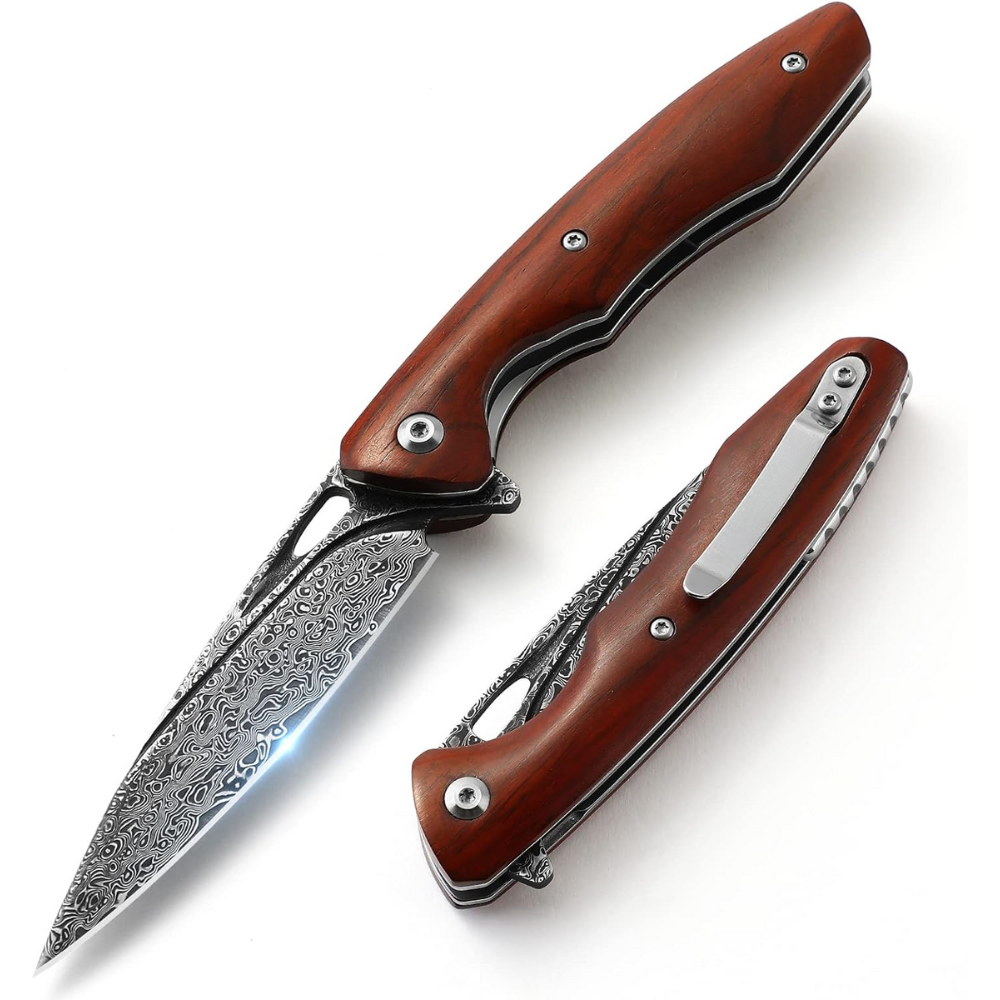
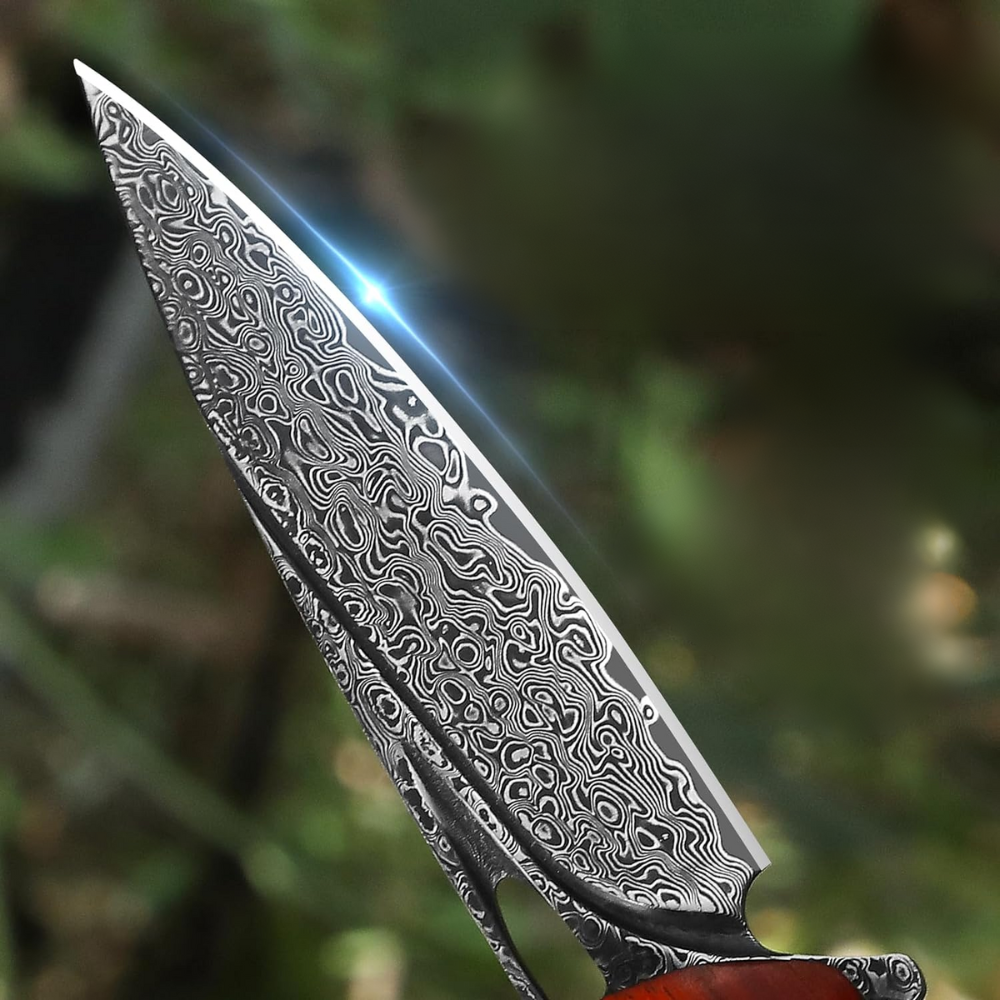








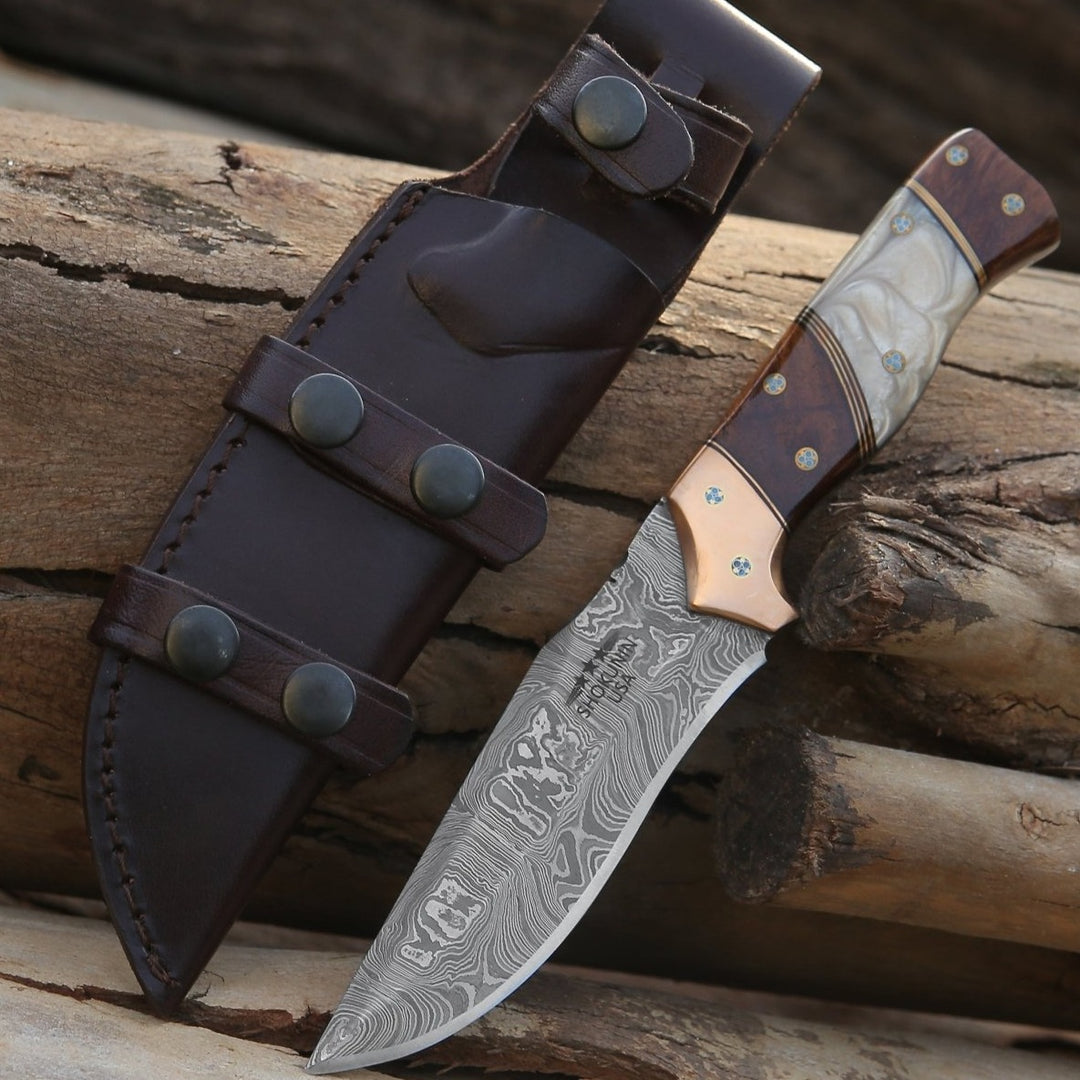
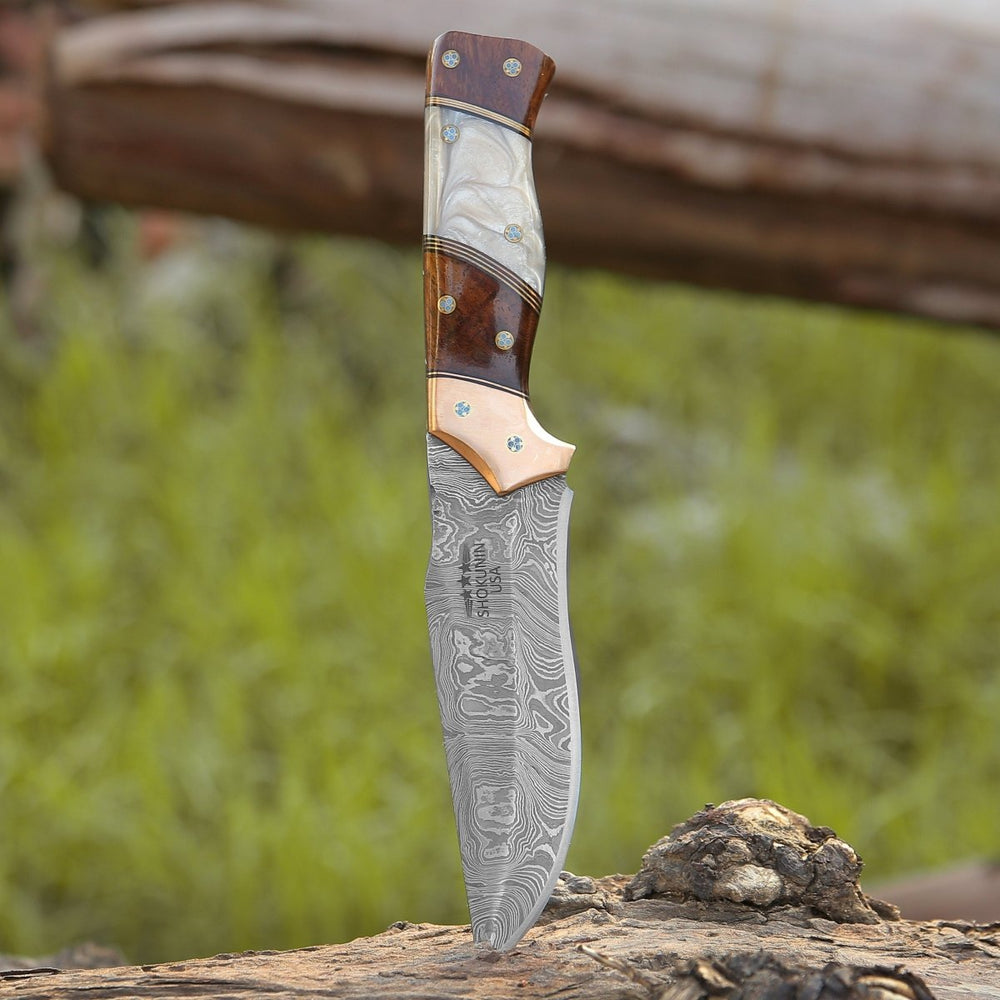


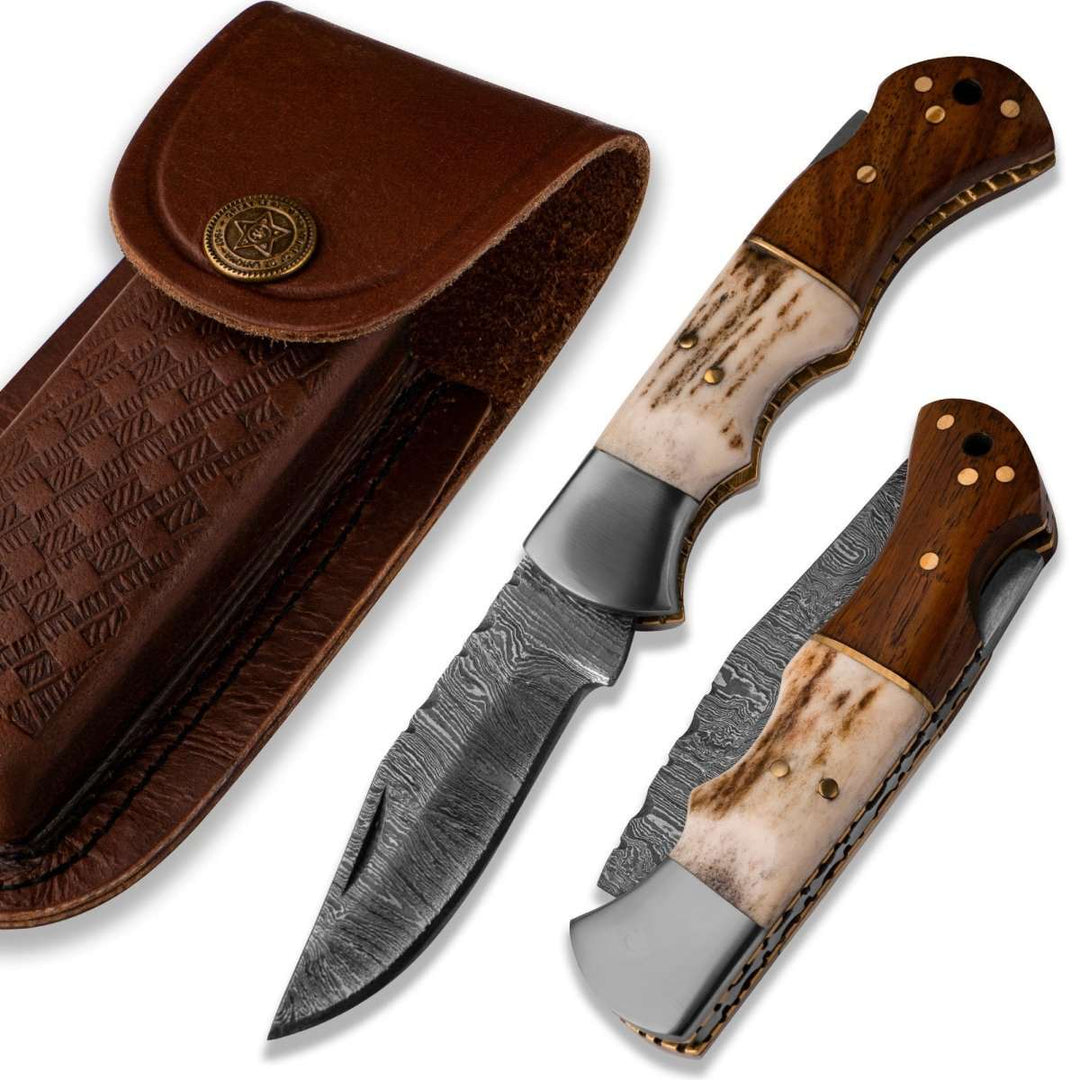
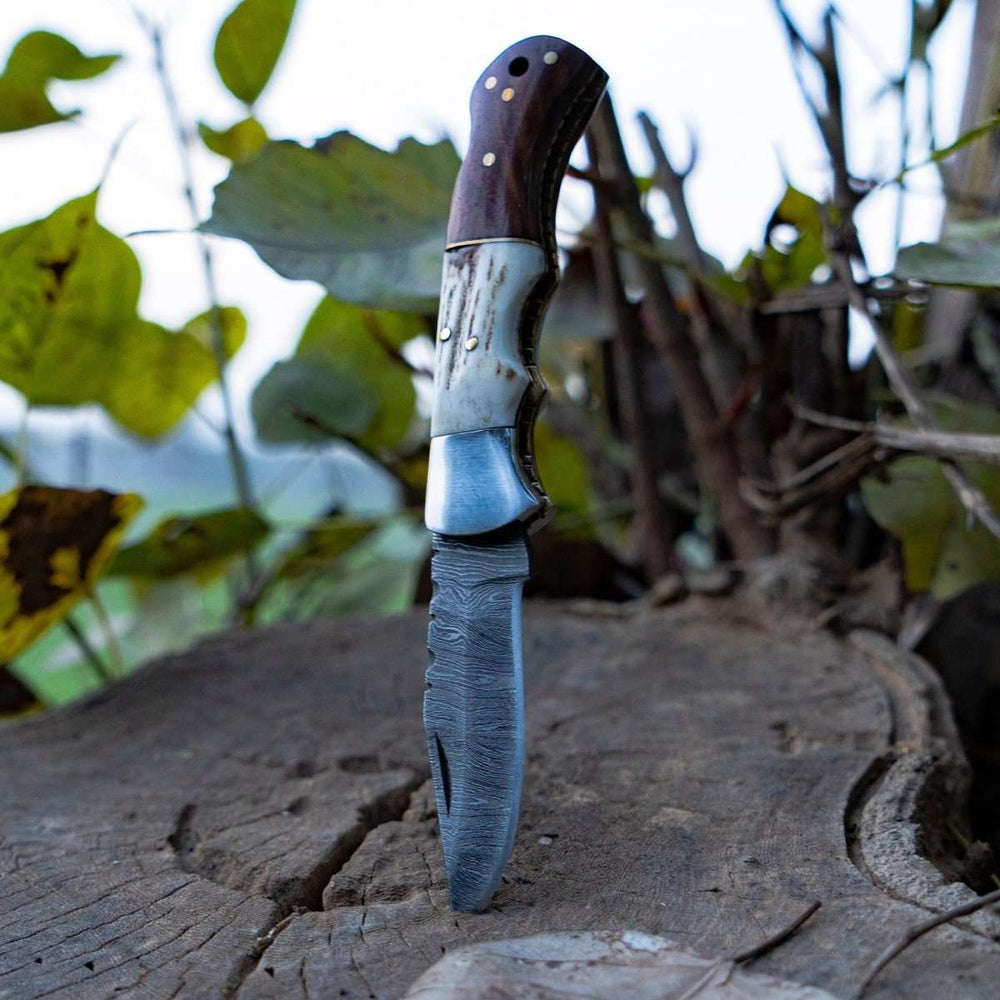




Leave a comment